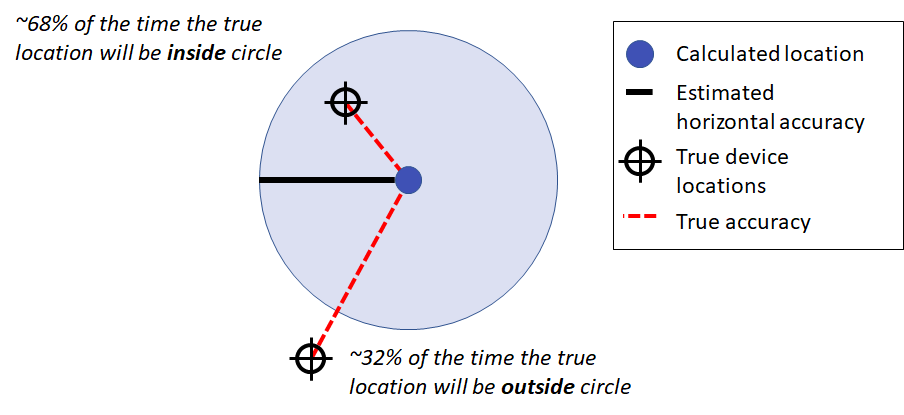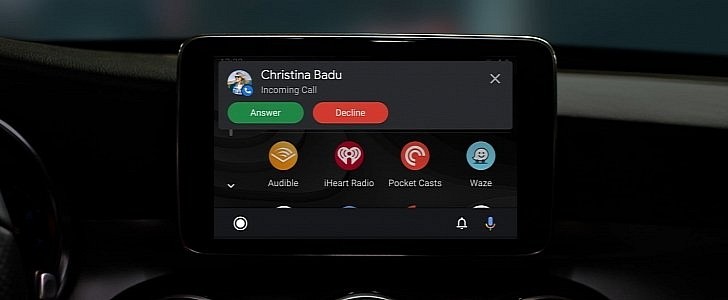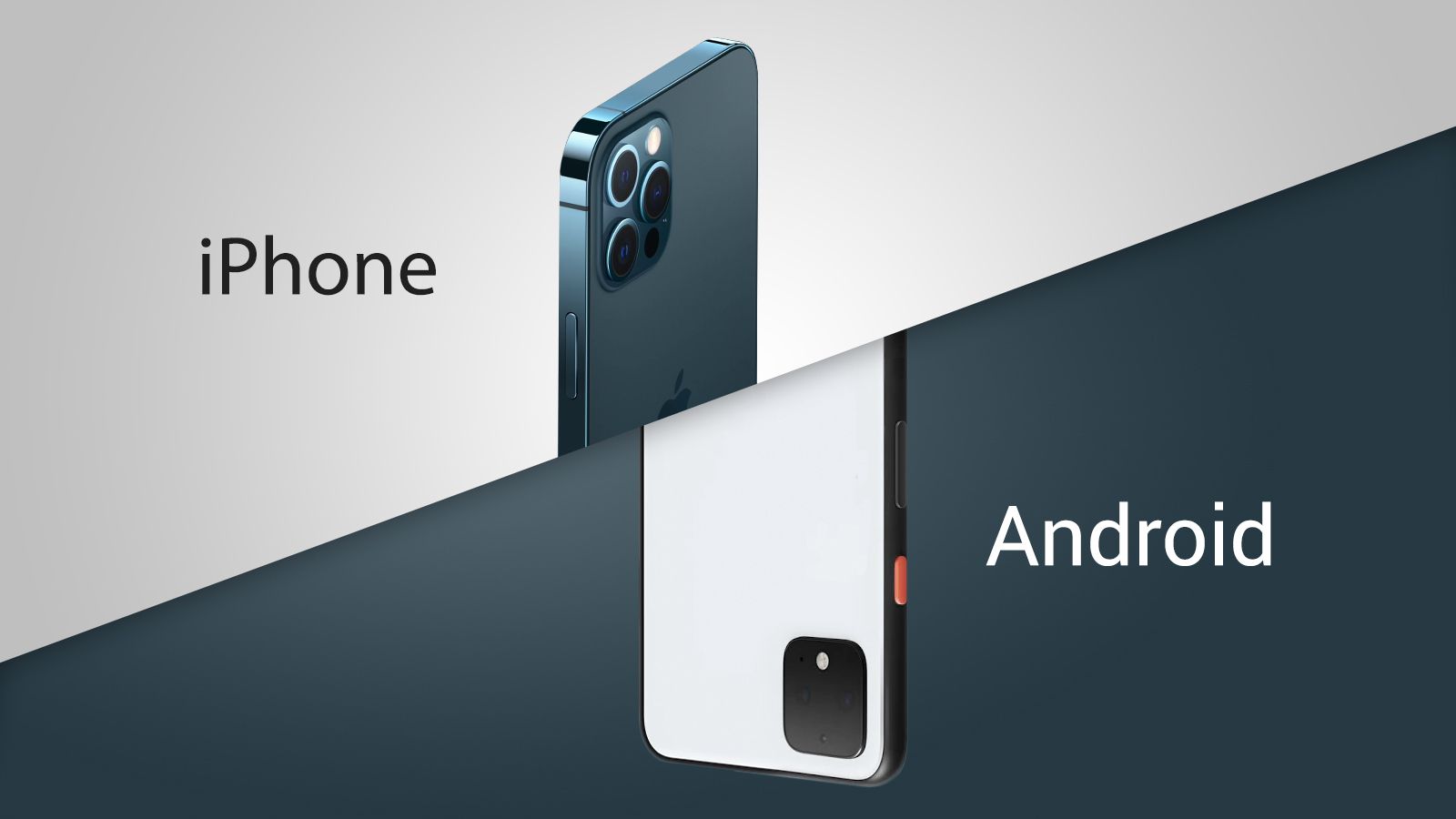
Measuring GNSS accuracy on Android devices
There are a lot of factors that go into choosing a new mobile phone. Typically, location accuracy isn’t the first thing that comes to mind. However, the accuracy of your device’s Global Navigation Satellite System (GNSS) receiver can have a huge impact on your mobile experience. Anyone who has tried to use real-time walking navigation or to find your Uber or Lyft ride in an urban environment can appreciate this as they’ve spun in circles chasing the blue dot on the map.
Let’s say you want to buy a phone that will give you a great location experience — how would you know which to pick? It’s not like device reviews typically discuss GNSS. And if they do, it’s usually a quote of the manufacturer specs, which looks like:
These specs look the same for most devices, with the exception of “dual-frequency”. The “dual-frequency” GNSS feature on newer Android devices has gotten a lot of attention lately, as using multiple GNSS frequencies is potentially a game-changer in terms of location accuracy — going from several meters of error (over 10 feet) to decimeter level (less than 1 foot).
So do these new dual-frequency GNSS devices have improved accuracy over their single-frequency counterparts? That’s a harder question to answer from specs alone— location accuracy depends not only on the GNSS chipset inside phone, but also the integrated antenna quality as well as the low-level OEM software processing the GNSS signals. GNSS signals themselves are very dynamic too — you’ll have a very different experience standing next to a skyscraper than I will inside a single-story wooden construction building.
















